Confession time: Pinterest is lying to us. No one writes a whole novel beside a spotless fiddle leaf fig with zero cords showing. The good news is that you do not need aesthetic perfection to build a productive writing space. You only need a few smart cues, a simple ritual, and a promise to protect your 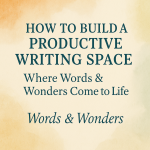 focus like it matters. Because it does.
focus like it matters. Because it does.
The myth of the perfect desk
Creative work thrives on clarity and consistency, not marble coasters. A productive writing space is any spot that tells your brain that it is time to write. That message can come from a lamp, a playlist, a candle, or a chair that says sit up and make sentences. Pretty is optional. Practical is powerful.
Why your environment matters
Environment shapes behavior. When your cues are consistent, focus arrives faster. One light switch, one mug, and one playlist can build a routine that nudges you into flow. If you want a quick read on how surroundings shape habit, James Clear’s note on environment design is worth your time, and Cal Newport’s Deep Work is a great companion for protecting attention.
If perfection has been slowing you down, read my reminder that readers connect to truth over polish: Stop Chasing Perfection: Readers Want Scars, Not Sculptures.
Step 1: Claim your territory
Your space can be a full office or the end of a kitchen table. Plant three anchors: one visual, one auditory, and one tactile. Example: a small lamp, a focus playlist, and a specific notebook. When those anchors appear together, your brain hears the cue. That is how a corner becomes a productive writing space.
Step 2: Comfortable, not nap worthy
Find the Goldilocks zone. Choose a chair that supports your back, keep the screen at eye level, and set your feet flat on the floor. Use warm task lighting that does not glare. If noise distracts you, try closed-back headphones or gentle background sound. Comfort keeps you writing. Too much comfort turns your productive writing space into a nap trap.
Step 3: Build your ritual
Rituals remove friction. Choose a two-minute startup sequence and repeat it every session: light the lamp, start the playlist, open your document, set a timer for twenty-five minutes, and write one imperfect sentence. Habit plus location transforms your corner into a productive writing space that works faster than waiting for motivation.
Step 4: Declutter the view and the mind
- One surface rule: keep the writing surface clear except for essentials.
- Cable wrangle: clip or tape cords out of sight.
- Catch-all basket: toss stray items there and sort once a week.
- Digital reset: close extra tabs, silence notifications, and full-screen your document.
Less visual noise creates more mental space. Your productive writing space should feel like a green light, not a junk drawer.
Step 5: Surround yourself with fuel, not fluff
- A short quote that reminds you why you write.
- A small board with your current goal and word-count streak.
- A printout of your work-in-progress cover or a collage of characters.
- A “Words & Wonders” jar for tiny victories.
Make inspiration visible. Keep distractions portable and off the desk. The more your eyes land on purpose, the more your productive writing space rewards you.
When you cannot control the space
Parents, roommates, and teachers all share this struggle. Use portable rituals. Headphones plus hot beverage equals pop-up studio. Keep a go bag with charger, notebook, and sticky notes. Schedule two short writing windows that are hard to break. A laptop, a blanket, and the determination of a raccoon can still become a productive writing space.
Make space for your own Words & Wonders
Creating a productive writing space is more than arranging furniture. It is a declaration that your ideas matter. Every time you sit down, you are building a world where words and wonders take shape. That is the spirit behind my corner of the internet, Words & Wonders — a place for writers and dreamers to keep their spark alive. Visit for inspiration, printable tools, or a reminder that your voice has magic.
Protect the space, protect the dream
Put your writing time on the calendar. Tell the people who love you that this hour is how you take yourself seriously. Shut the door if you have one. If you do not, shut the tabs. Your productive writing space is not a luxury. It is a promise to your creative life.
Try this 10-minute setup sprint
- Choose a spot for this week.
- Place your three anchors: light, sound, and notebook or keyboard.
- Clear the surface and tame cables.
- Write your one-sentence purpose on a sticky note and post it.
- Start a 25-minute timer and write one messy paragraph.
Your turn: Share a photo or description of your setup so other writers can steal good ideas. If you post yours, I will post mine too.
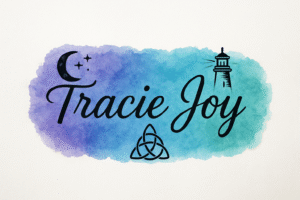
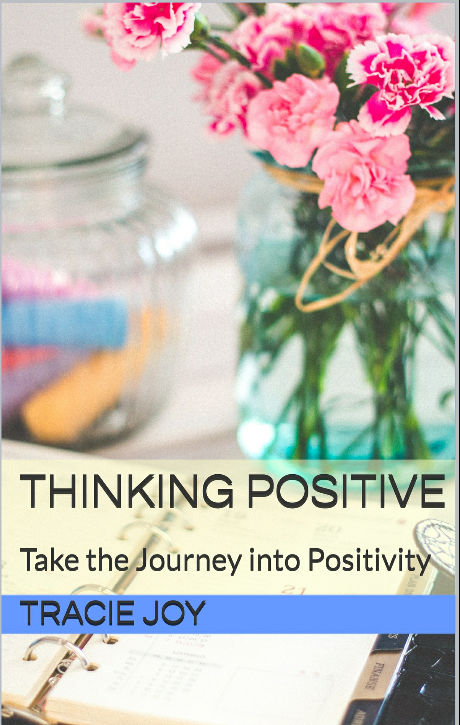
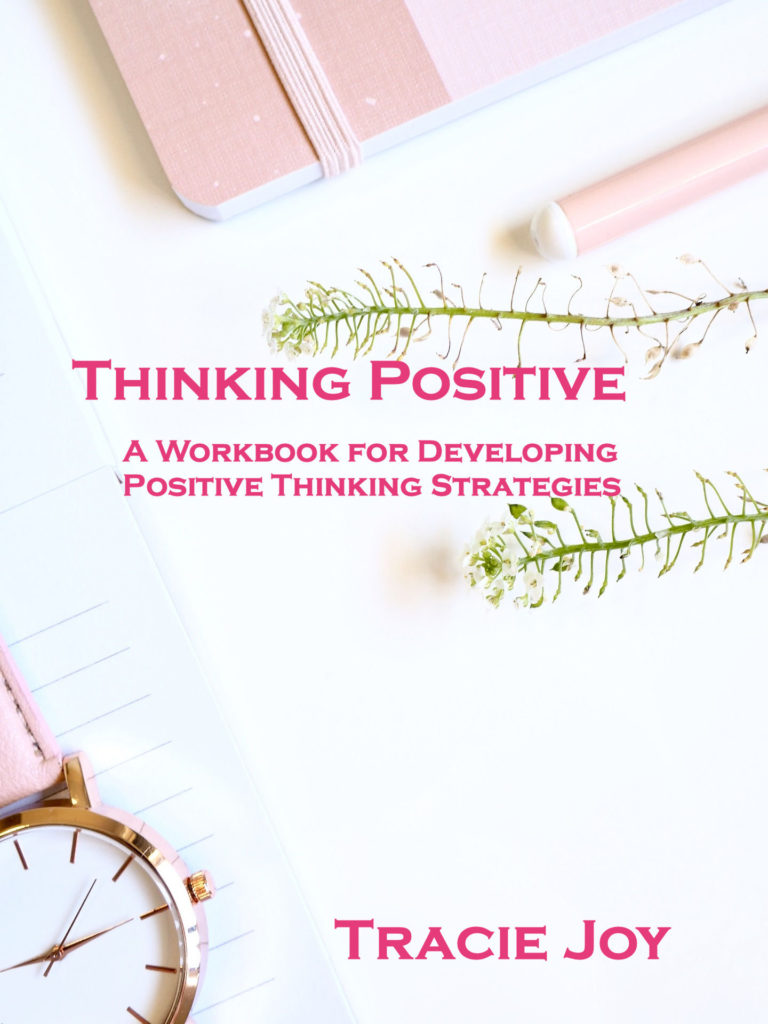
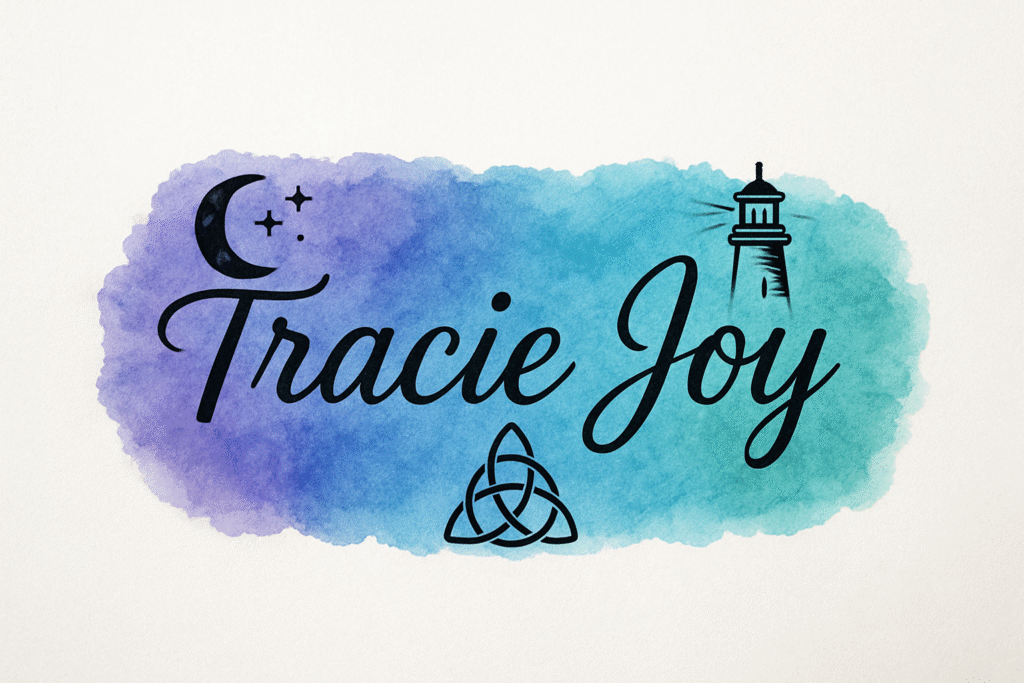
One Response